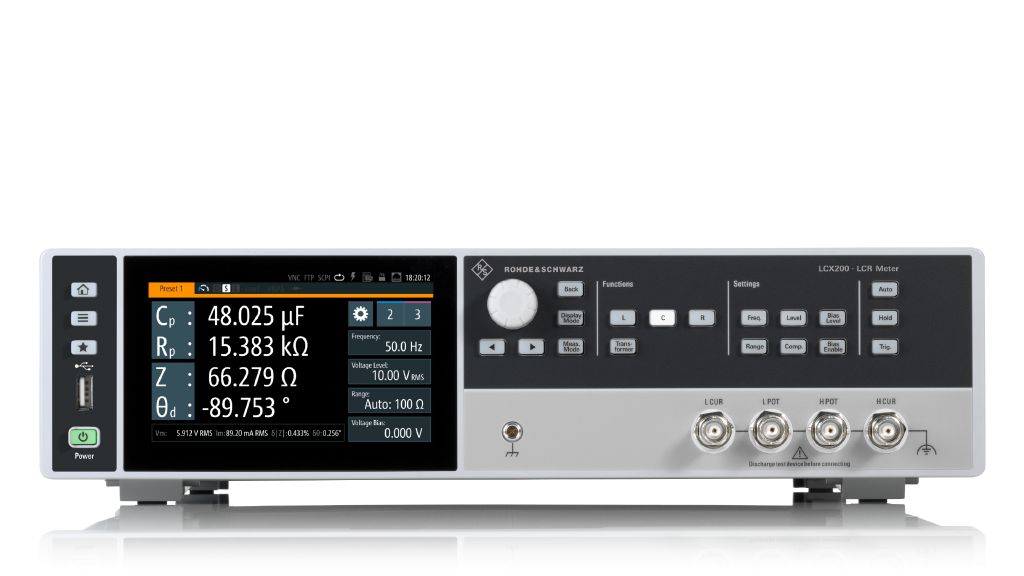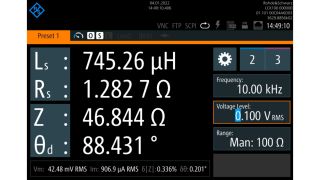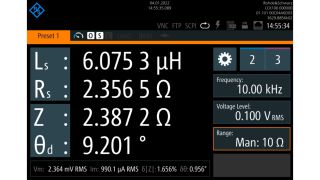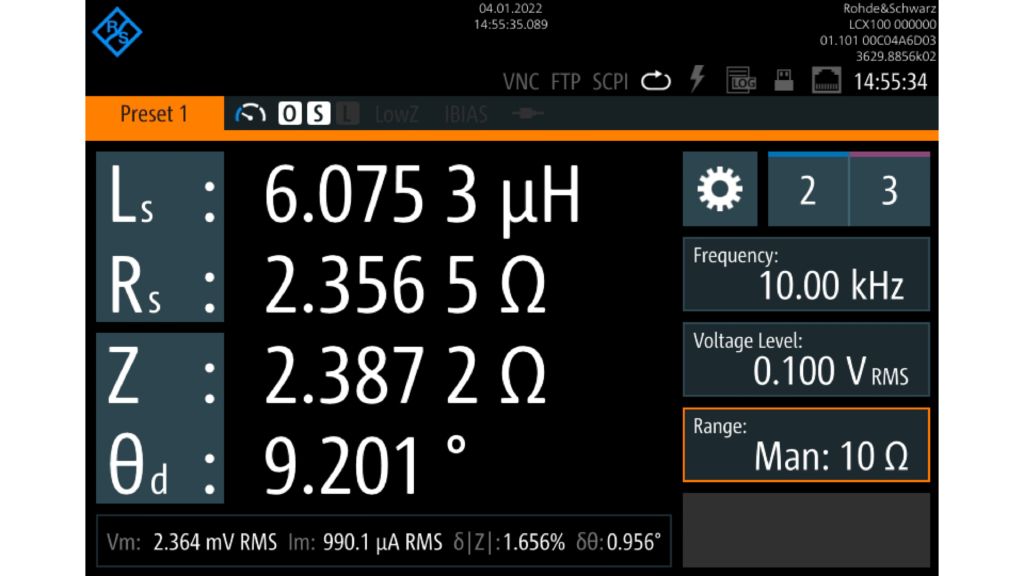Your task
The impact of leakage inductance from SMPS transformers depends on several factors. Designing a transformer to obtain greater magnetizing inductance tends to increase leakage inductance, especially if isolation is required between the primary and secondary winding. This leakage inductance may cause power losses and influence EMI emissions especially at higher converter switching frequencies.
If the transformer is designed to operate in a flyback converter, the main converter switch will be sensitive to voltage kickback from leakage inductance when the driving transistor turns off. The energy stored in the leakage inductance requires snubber circuits to limit voltage in the switching devices. During the design process, an accurate measurement of leakage inductance on the primary transformer side is essential for an optimized snubber circuit design. This ensures sufficient protection for the main switching element but also reduced losses and fewer EMI problems.
Besides leakage inductance, other parameters such as magnetizing inductance, winding capacitance and winding resistance are relevant and needed for high-quality designs.
An accurate simulation model can also be derived from the measured parasitic transformer values to accelerate the design process.










